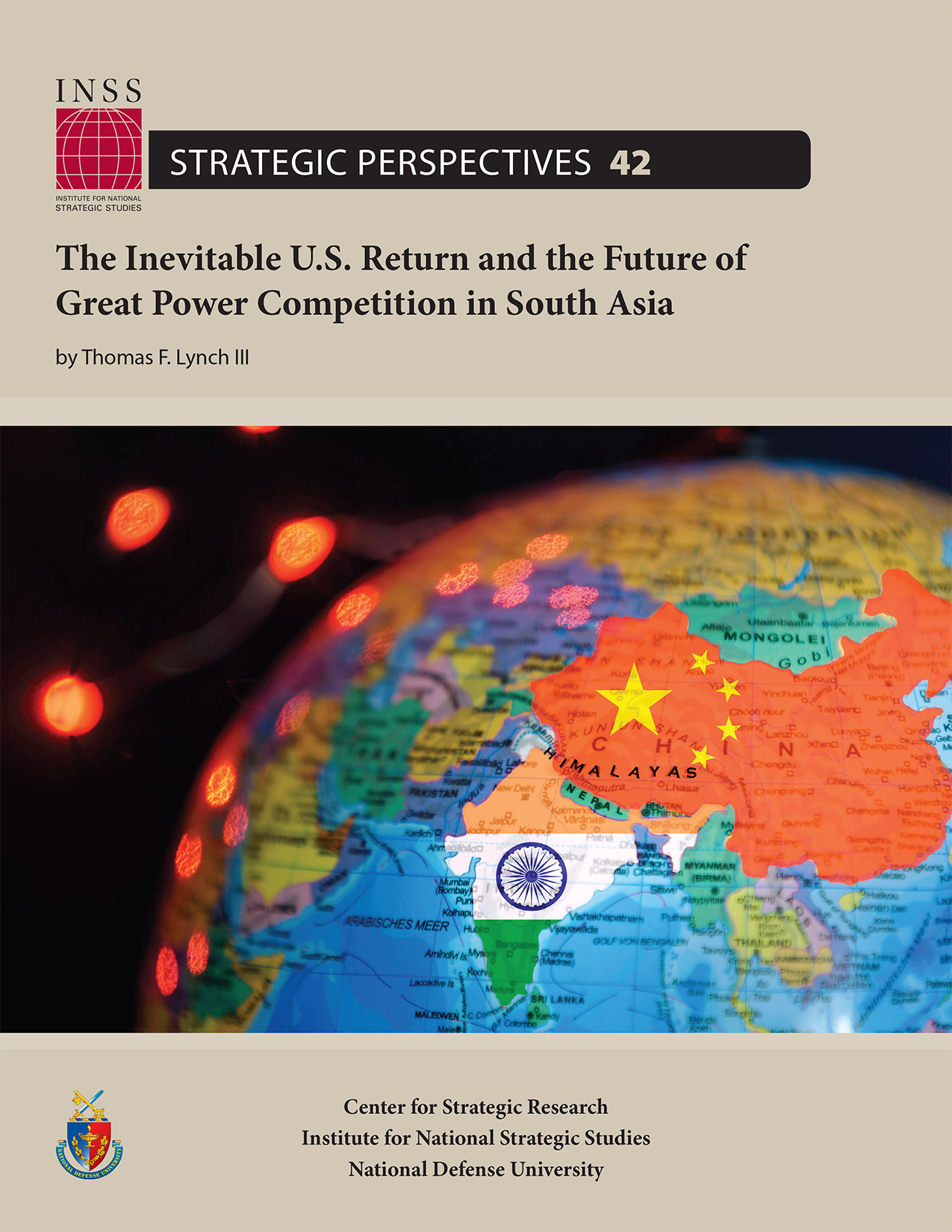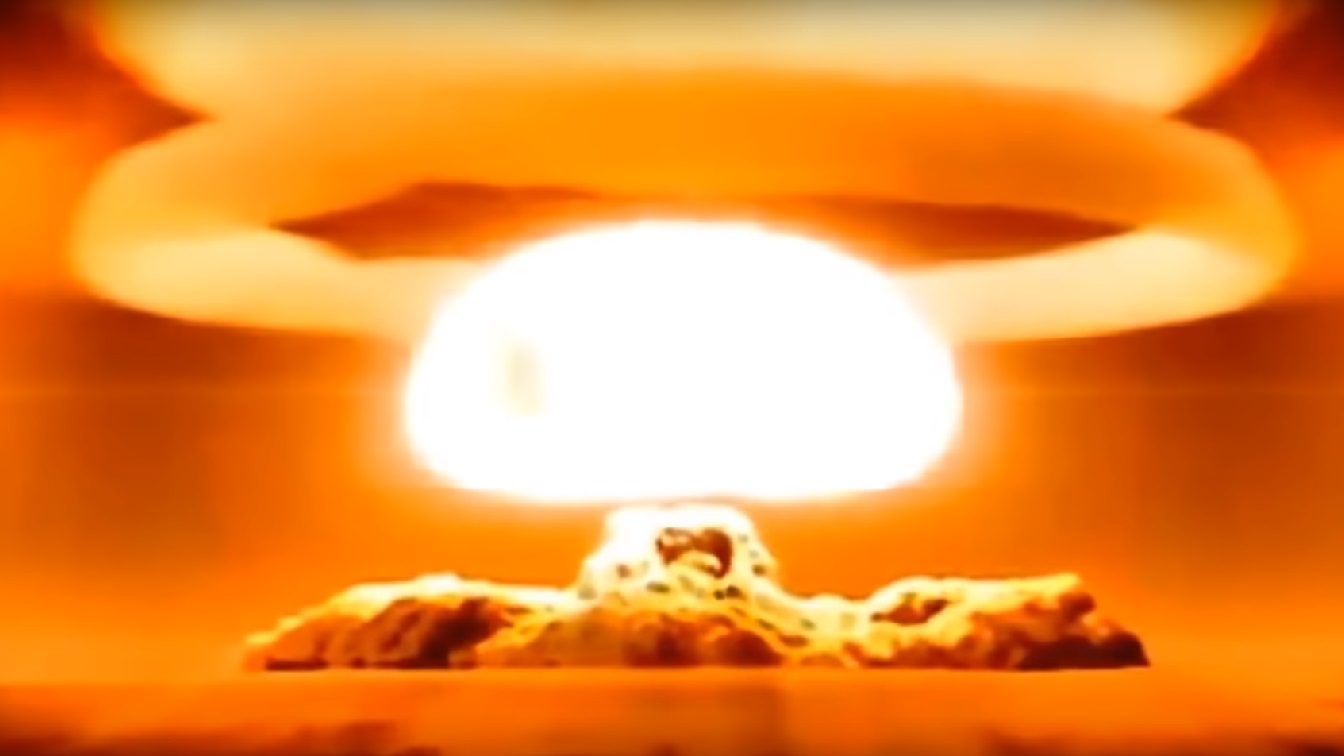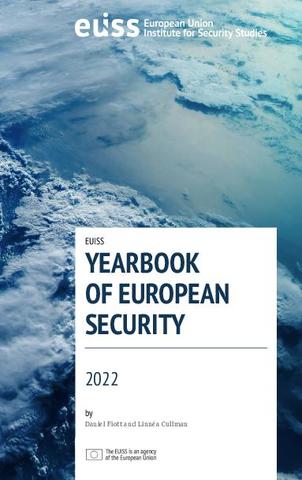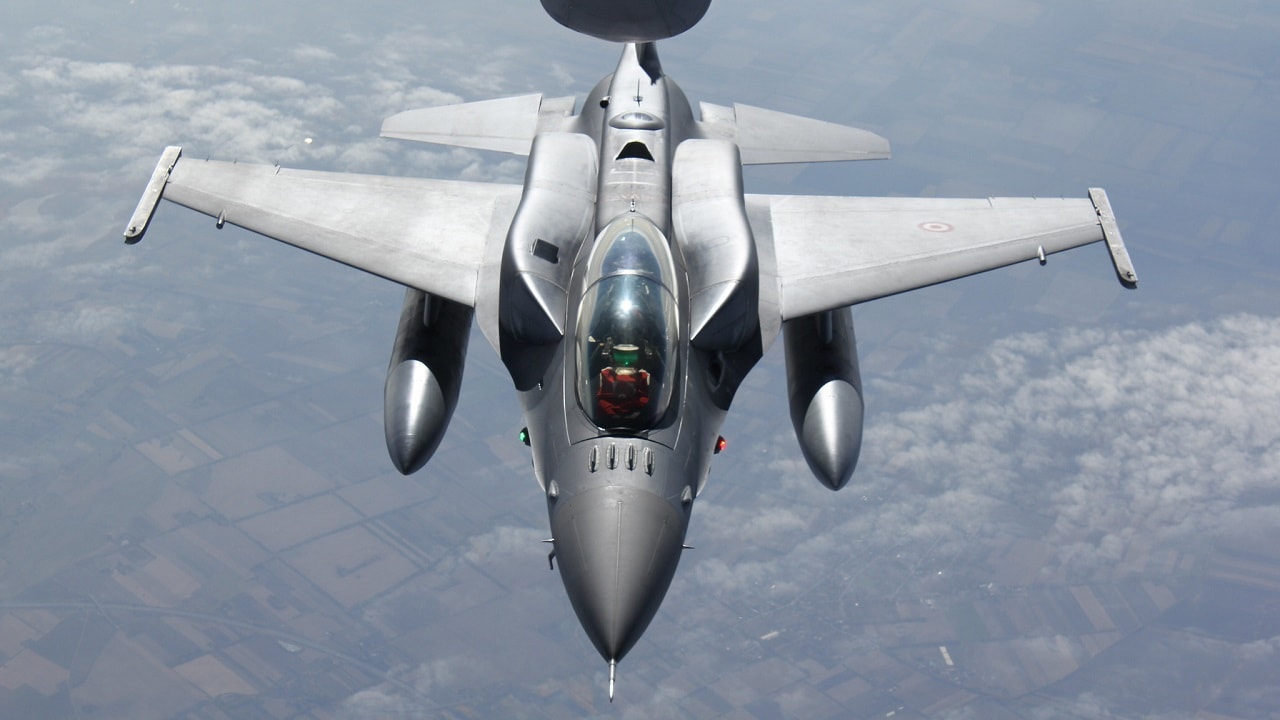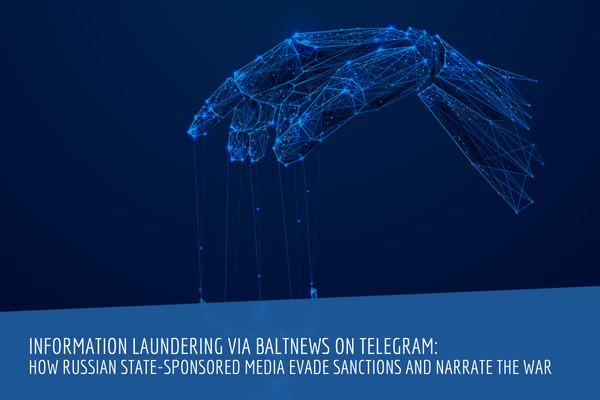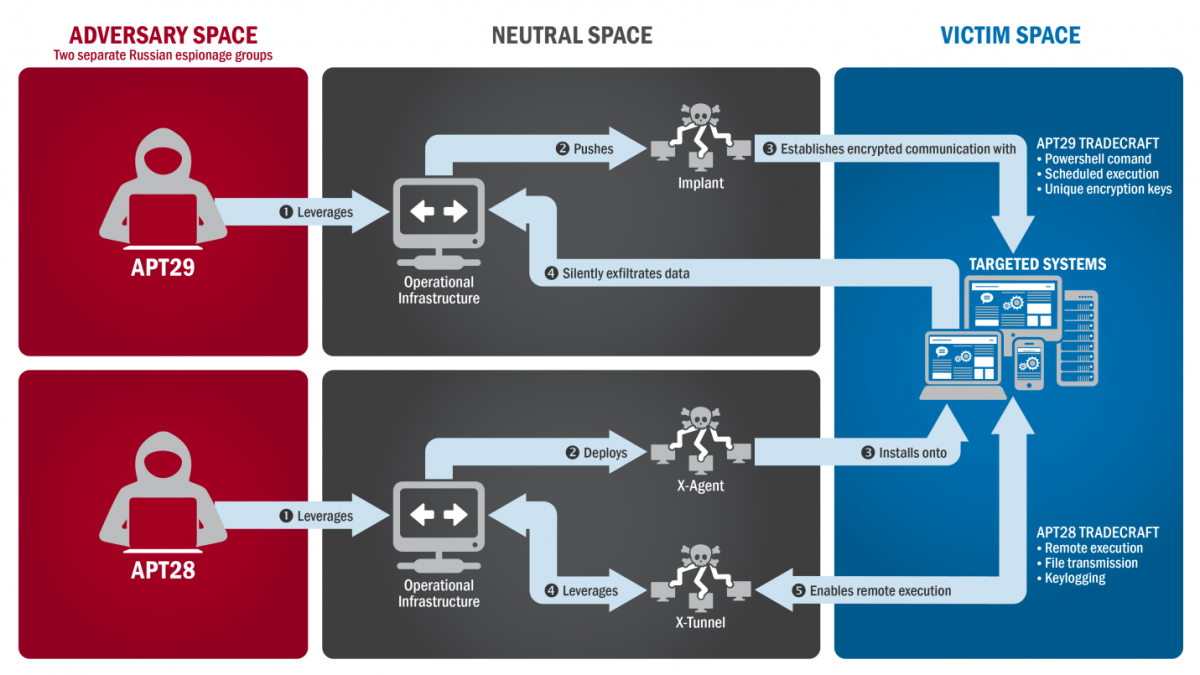
As part of our ongoing transparency efforts to enhance public understanding of the Intelligence Community’s (IC) work and to provide insights on national security issues, ODNI today is releasing this unclassified IC product dated June 2022.
About the National Intelligence Council:
The National Intelligence Council (NIC) plays a central role in coordinating intelligence products and is responsible for leading analysis across the IC to inform immediate and long-term policy deliberations. National Intelligence Officers (NIOs) serve as the principal subject matter experts to the DNI and national security decision makers on all aspects of analysis related to their regional and functional roles.


:quality(100):focal(4015x1721:4025x1731)/cloudfront-us-east-1.images.arcpublishing.com/thesummit/HRFVO3FQZJAI5GQ4V6K6CIVHSU.jpg)

